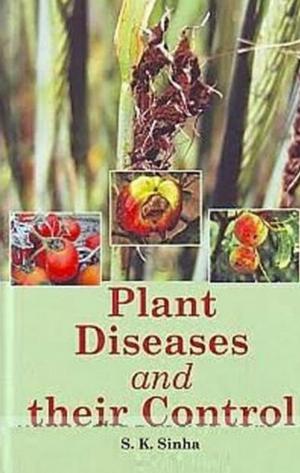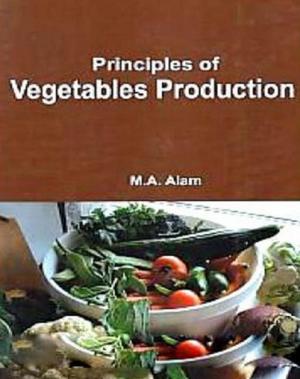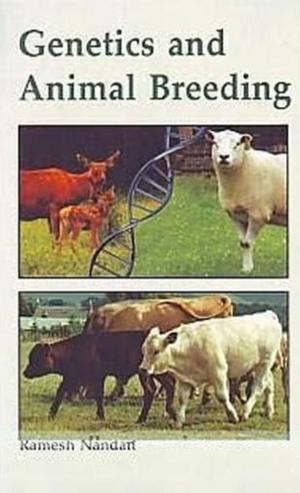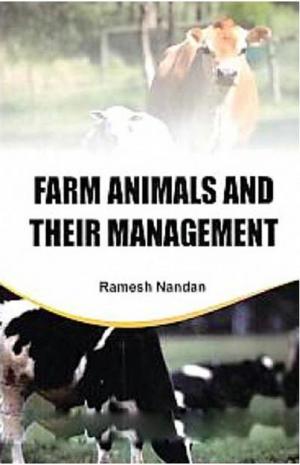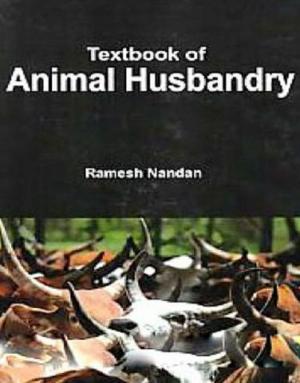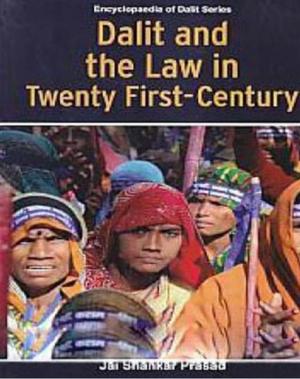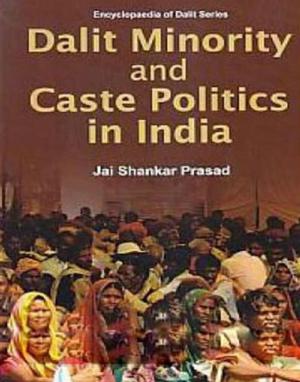Centrum Press imprint: 133 books
by S. K. Sinha
Language: English
Release Date: June 30, 2013
Language: English
Release Date: June 30, 2013
Viruses are not always classified as organisms, as they have been identified either as very simple microorganisms or very complex molecules. Prions, never considered microorganisms, have been investigated by virologists, however, as the clinical effects traced to them were originally presumed due...
by S. K. Sinha
Language: English
Release Date: June 30, 2017
Language: English
Release Date: June 30, 2017
Diseases in plants are caused by either non-living environmental factors or living agents. Plant diseases may also be grouped based on the causal agent involved, the plant part affected or the type of symptoms. Understanding the disease cycle is important when considering control options. Learning...
by Udai Arvind
Language: English
Release Date: June 30, 2013
Language: English
Release Date: June 30, 2013
Nuclear chemistry is the subfield of chemistry dealing with radioactivity, nuclear processes and nuclear properties. It is the chemistry of radioactive elements such as the actinides, radium and radon together with the chemistry associated with equipment which are designed to perform nuclear processes....
by Udai Arvind
Language: English
Release Date: June 30, 2013
Language: English
Release Date: June 30, 2013
Forensic chemistry is the application of chemistry to law enforcement or the failure of products or processes. Many different analytical methods may be used to reveal what chemical changes occurred during an incident, and so help reconstruct the sequence of events. “Forensic chemistry is unique...
by M. A. Alam
Language: English
Release Date: June 30, 2013
Language: English
Release Date: June 30, 2013
Vegetable farming is the growing of vegetables for human consumption. Traditionally it was done in the soil in small rows or blocks, often primarily for consumption on the farm, with the excess sold in nearby towns. Later, farms on the edge of large communities could specialize in vegetable production,...
by M. A. Alam
Language: English
Release Date: June 30, 2013
Language: English
Release Date: June 30, 2013
Fertilization is a very important component of plant health care in the landscape. Fertilization is necessary to supplement naturally occurring essential mineral elements in the soil in order to maintain an optimum supply for plant growth. Soil analysis (testing), combined with observations of plant...
by Ramesh Nandan
Language: English
Release Date: June 30, 2017
Language: English
Release Date: June 30, 2017
There are many animals which are useful to man. We use them as source of food. The food from animals provides us with certain proteins which the plants are not capable of producing. The branch of agriculture which deals with the feeding, shelter, health and breeding of domestic animals is called animal...
by Ramesh Nandan
Language: English
Release Date: June 30, 2017
Language: English
Release Date: June 30, 2017
It sounds as if animal breeding is all in the hands of the humans. Compared to natural populations this indeed is the case, as we decide which animals are allowed offspring and which are not: selective breeding or in other words. However, as in natural artificial selection populations there is another...
by Ramesh Nandan
Language: English
Release Date: June 30, 2013
Language: English
Release Date: June 30, 2013
Animal husbandry and dairy activities continue to be an integral part of human life. In India Agriculture means for the sustenance of the family and the local community together with the services of blacksmith, carpenter, washerman , tailor, cobbler, and livestock etc. Man’s agricultural life is...
by Ramesh Nandan
Language: English
Release Date: June 30, 2013
Language: English
Release Date: June 30, 2013
Animal husbandry is the agricultural practice of breeding and raising livestock. Animal husbandry has been practiced for thousands of years, since the first domestication of animals. Selective breeding for desired traits was established as a scientific practice by Robert Blakewell during the British...
by Purnima Singh
Language: English
Release Date: June 30, 2016
Language: English
Release Date: June 30, 2016
A government is the system by which a state or community is controlled. In the Commonwealth of Nations, the word government is also used more narrowly to refer to the collective group of people that exercises executive authority in a state. In the case of its broad associative definition, government...
by Jai Shankar Prasad
Language: English
Release Date: June 30, 2017
Language: English
Release Date: June 30, 2017
Over one-sixth of India’s population, some 170 million people, live a precarious existence, shunned by much of Indian society because of their rank as -untouchables- or Dalits literally meaning -broken- people-at the bottom of India’s caste system. Dalits are discriminated against, denied access...
by Jai Shankar Prasad
Language: English
Release Date: June 30, 2017
Language: English
Release Date: June 30, 2017
Dalit women are mostly deprived, socially excluded, less literate, absentee of property rights, and less empowerment socially and economically. They are ignorance about women entrepreneurship. They are poverty stricken having minimum access of maintaining standard of living. Till some years ago, many...
by Jai Shankar Prasad
Language: English
Release Date: June 30, 2017
Language: English
Release Date: June 30, 2017
Historically it has been very hard to change the structure of caste politics in India. Contemporary India, however, has seen the influence of caste start to decline. This is partly due to the spread of education to all castes which has had a democratising effect on the political system. However, this...

